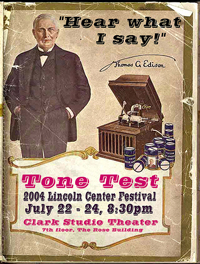
Source: “Tone Test”, AOP Images, Flickr
There are several levels of tone that you can adopt when you write depending on what you want a reader to think about your attitude toward the subject. The most important divisions in levels of tone are formal, semiformal, and informal.
- Use a formal tone when you write for an unknown audience. Use this tone when you want your readers to know that you take what you are writing about seriously and you want to be taken seriously as a writer.
- Use a semiformal tone when you write for an audience you feel comfortable with, but you still want to be taken seriously.
- Use an informal tone when you write for an audience that you know very well. An informal tone sometimes suggests that you don’t want to be taken seriously; you just want to be friendly.

Source: College students travel abroad for Yongsan youth camp, U.S. Army Garrison Yongsan, Flickr
What if you want to describe a summer job you had as a camp counselor? You hope to get another job at a child development center, so you need to describe to the manager what you did as a counselor. You also want to describe your summer work to a group of students at school during a discussion of vacation employment. Finally, you want to describe it to a good friend who will listen to you and help you vent about how the discussions went.
- One discussion will have a formal tone: “I’m serious about this. I am confident about having been successful in the job. I think my work in this area was a very important contribution.”
- One discussion will have a semiformal tone: “It was all quite an experience. I look back on it with some good and some bad memories. I learned a lot. I had some fun. I’m glad I did it, but it wasn’t the most wonderful thing I’ve ever done.”
- One discussion will have an informal tone: “You know what I mean by this, right? I’ll tell you about it, but we’re friends, so you know that some of this is a little over the top.”
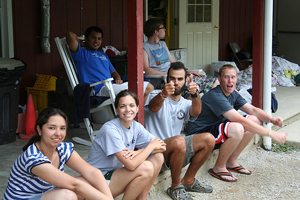
Source: Summer Camp 424, Alex, Flickr
There are many ways to describe your work as a counselor. Look at the six possibilities below and choose whether each exemplifies formal, semiformal, or informal tone.


Source: PDiddyin2008, watchwithkristin, Wikimedia

Source: Desfile/Teen Fashion, sebah carvalho, Flickr
Now, let’s do some analysis to determine what makes the formal passages seem formal, what makes the informal ones seem informal, and what makes the semiformal passages seem to be somewhere in between.
Look at the two formal passages below. Click the words that seem to contribute to the formal tone. If you are correct, the word will be highlighted and you can read a comment.You should find 14 words or phrases.

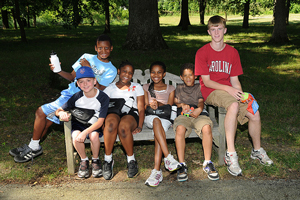
Source: Camp Provides Safe Summer Fun for Kids With Asthma, Cristiana Care, Flickr
Now, let’s look at the semiformal passages. Click the words that seem to contribute to the semiformal tone. If you are correct, the word will be highlighted, and you can read a comment. You should find 11 words or phrases.

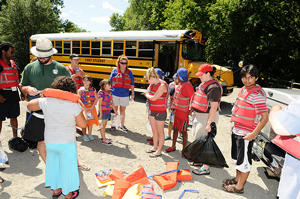
Source: Camp Provides Safe Summer Fun for Kids With Asthma, Cristiana Care, Flickr
Now, let’s look at the informal passages. Click the words that seem to contribute to the informal tone. If you are right, the word will be highlighted, and you can read a comment. You should find 10 words or phrases.

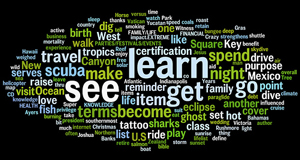
Source: Bucket List word cloud #3, mccmicb, Flickr
Some words are obviously formal, and some are obviously informal. There are also many words that straddle two levels such as “kids,” “live-wire,” and “just give up.” When you revise for tone, you should watch for examples of distractingly misplaced words and phrases. This is not a mechanical operation; it is a decision based on your ability to hear the tone.
Notice that sometimes an informal word can be used in a formal context, and even more frequently, formal words can be used in informal contexts. Often, these out-of-place words are used for humor or variety. Writers sometimes place them in quotation marks to indicate they differ from the rest of the text in tone.